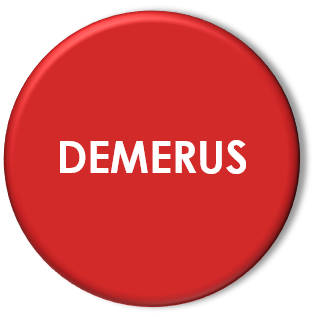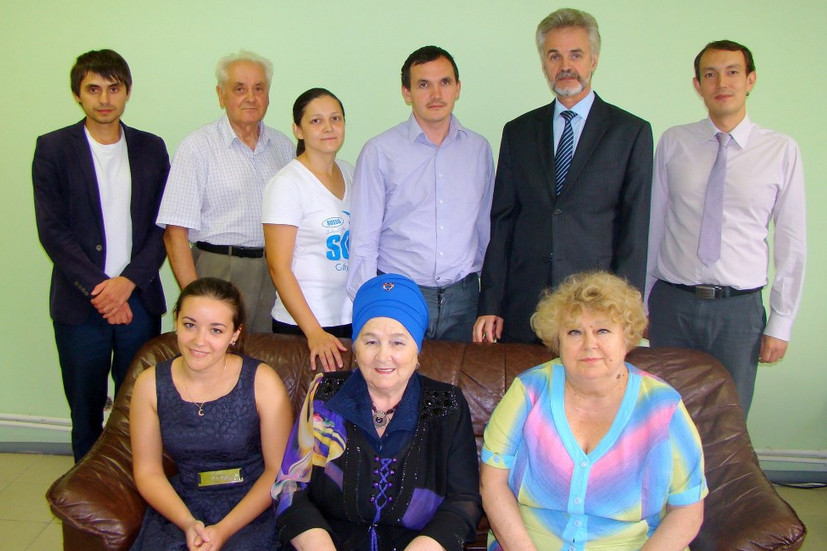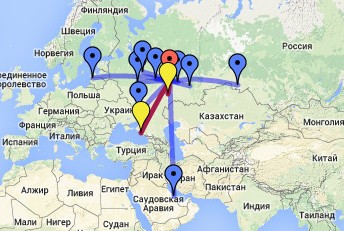STANDARDIZING AND REDUCING SULFUR CONTENT IN GASOLINES AND GASES
A. G. Akhmadullina, R. M. Akhmadullin, S. I. Agadzhanyan
According to the Decree of the Government of the Russian Federation No. 1076 dated December 30, allowed release into circulation next quality motor gasoline:
- class 2 with sulphur 500rrm-till December 31, 2010;
- class 3 with sulphur 150rrm-till December 31, 2011;
- class 4 with sulphur 50rrm-till December 31, 2014;
- class 5 with sulphur content of 10 ppm-duration is not limited.
After the toughening of the requirements for the sulphur content in petrol requirements for the sulphur content of high-octane gasoline additives such as alkylate and methyl-tert-butyl ether (MTBE) is increasing too. So, according to TC (technical conditions) 400091131.001-2008 mass fraction of sulphur in alkylate should not be more than 10 ppm.
According to Russian TC 38.103704 90 and TC 412-2435 05742686-98 sulphur content of MTBE are not normalized or not controlled.
Raw material for MTBE and alkylate is a butane-butylene fraction (BBF), produced mostly in catalytic cracking of vacuum gasoil. Mercaptan sulphur in BBF obtained from cracking of hydro cleaned vacuum gas oil is 0.010 ? 0.020% and cracking of crude oil is 0.030 ? 0.070% by mass.
Present TC 0272-027-00151638-99 for BBF defines only the content of hydrogen sulfide and mercaptan sulphur, which shall be in a BBF of class A less than 0.015% and BBF of class B and C – no more than 0.02% of the mass.
These indicator and the high standards have been introduced in the 90-ies instead of “total content of sulphur” for the reason that the total sulphur in butane and basic fractions by more than 95% is presented by hydrogen sulfide and mercaptan, and of liquefied gases in most oil-refining factory (ORF) was carried out by ineffective and not regenerable alkaline solution.
Now the situation has radically changed. Almost everywhere deep demercaptanization of liquefied gases by the recycled alkaline solution proceed in the phase 2 reactions:
1) Extraction of mercaptans by alkali RSN + NaOH = RSNa + H2O
2) Alkaline regeneration RSNa + 0.5 2 O2 + H2O = RSSR + 2 NaOH
During oxidation regeneration of saturated mercaptan alkali solution by oxygen in the presence of air over a catalyst (homogeneous-Merox and DMD-2 or heterogeneous-Demure-LUVS) organic disulfides are formed, poorly-soluble in alkali and well-soluble in hydrocarbons. Then after regeneration alkali is washed by gasoline to remove disulfides from it. Not washed during this operation disulfides are recovered in extractor from alkali to cleanable liquefied gas, polluting its by disulfides and increasing the total sulphur content in it.
The current Standard Technic documentation (STD) for liquefied gases do not allow for an objective quality control on the content of sulphur.
Thus, under the TC 027-0272-00151638-99 at BBP potentiometric analysis of hydrogen sulfide and mercaptan sulphur according to GOST 22985-90 does not detect the presence of the disulfides and watch their site of washing lye. The BBP disulfides are concentrated in MTBE, sharply increasing the content of total sulphur and lowering the quality of MTBE.
Similar problems exist in the analytical quality control of sweetened liquefied gases using as a fuel for municipal consumption and motor fuel for road transport. In accordance with GOST R 52087-2003 in these gases is also specified, only the content of hydrogen sulfide according to GOST 22985-90 or chromatographically on GOST R 50802-95 which don’t allow to determine other sulphur compounds (sulfides and disulfides) gases. This creates complications in the subsequent application of liquefied gases in petrochemical industry, by car and at home, associated with the advent of liquid remaining in the form of high-boiling of disulfides or emitting sulphur oxides when burned.
Therefore there is an sharp need for an urgent revision of the STD for liquefied gases, either to the list of monitored indicators and the largest allowable content of sulphur compounds.
Into TC about BBF instead of the existing rules on hydrogen sulphide and mercaptan sulphur content score, you should enter the “total sulphur” to the rule of no more than 10 ppm. On the basis of the weight of the isobutylene in BBF (14 ? 15%) involved in the synthesis of MTBE, the concentration of sulphur in MTBE linked by disulfide will increase in 5-6 times (? until 50ppm), compared with its original content in BBF. Developed BBF is directed to production of alkylate after separating from MTBE and water washing of methanol, already contains no disulfides.
Because the additive MTBE in gasoline does not exceed 15% of the mass, the proposed rule on the content of sulphur in BBF is less than 10 ppm MTBE will make suitable for producing petrol of class 4 with a sulphur content to 50ppm allowed for release until 31.12 2014.
In the GOSTR 52087-2003 about “Gases, liquefied hydrocarbon fuel” also need to be amended to reduce the permissible content of hydrogen sulfide and mercaptan sulphur and introduce a rule on the content of total sulphur.
Control of content of total sulphur in purified from mercaptans gasses ultraviolet fluorescence method can be conducted according to ASTM D6667-10 “standard method for determination of total sulphur in volatile, gaseous hydrocarbons and liquefied petroleum gas. GOST (Federal Standard) R EN ISO 20846-2006 “Determination of sulphur content by Ultraviolet fluorescence” can be used for optional content control of total sulphur in MTBE, or titrimetric method of analysis for sulphur 25742.3 GOST-83 is used for the analysis of sulphur in methanol.
It should be noted that in anticipation of toughening rules on the content of total sulphur in liquefied gases purified of mercaptans, oxidizing regeneration of alkali solution which includes mercaptides is better conducted on heterogeneous catalyst, permanently enshrined in the regenerators.
Homogeneous catalyst is dissolved (or dispersed) in alkaline solution and circulates along with him in the cleanup of the extractor to regenerator and back to the extractor. The presence of homogeneous catalyst circulating alkaline solution leads to the oxidation of mercaptides with disulfides as the regenerator, and outside-in pipelines and an extractor is due to the presence of dissolved oxygen in solution regenerated alkali. Disulfides from outside of the regenerator, along with no purified alkali disulfides into purified product (butane-butylene fraction), significantly increasing the total sulphur content in it/1/.
Technology of preparation of heterogeneous catalysts for KSM during Demer-LUVS//2, excludes catalytically active components in alkali /2, 3/. The work /4/ shows that, in the absence of catalytic oxidation in alkaline solution is hardly mercaptides.
LITERATURE
1. Fomin V.A., Zagir A.F., Mazgarov A.M., Lugovskoy A.I.// Refining and oil chemistry. 1987. № 12. p.p. 14-15.
2. Akhmadullina A.G. Kijaev B.V. Nurgalieva G.M. Shabaeva A.S., Tugushi S.O., Kharitonov N.V.// Refining and petrochemicals. 1994. № 2. p.p. 39-41.
3. Akhmadullina A.G., Akhmadullin R.M., Smirnov V.A., Titova L. F., Yegorov S.O.// Refining and petrochemicals. 2005. № 3. p.p. 15-17.
4. Akhmadullina A.G., Kijaev B.V., Khrushchev I.K., Abramova, N. M., Bekbulatova A. G. Nurgalieva, Shabayeva A.S.// Refining and petrochemicals. 1993. № 2. p.p. 19-23





